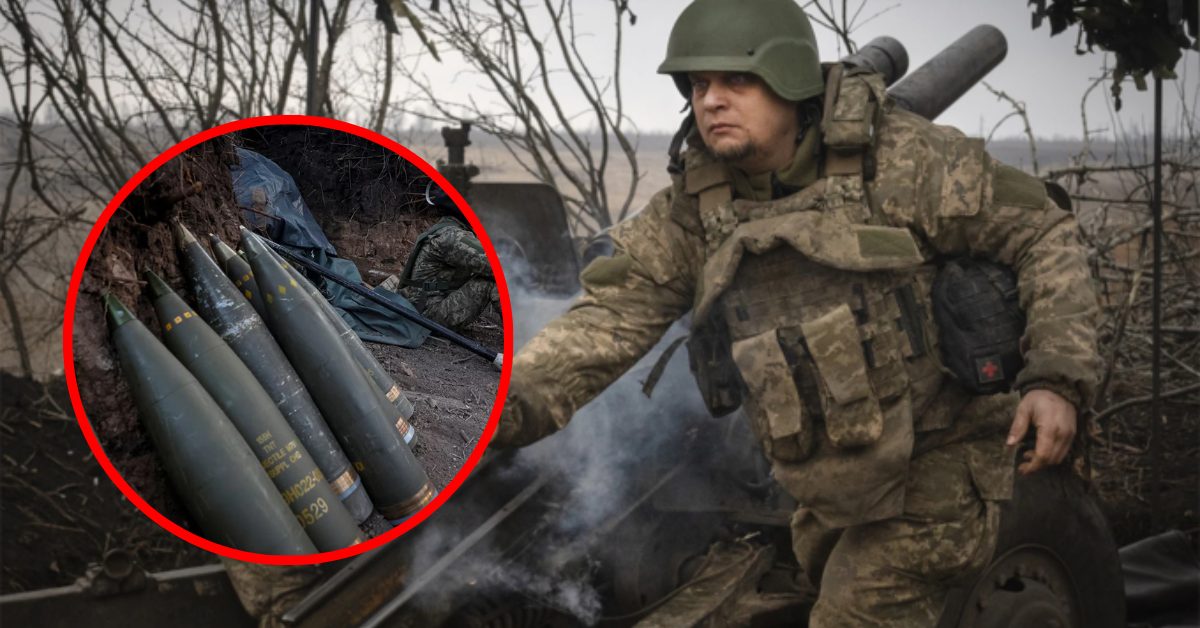Amid a significant use of missiles in Ukraine and the Middle East, customers are ramping up independent production of some of the weapons the Patriot air defense system can launch at an unprecedented scale.
The United States, where Patriot manufacturer RTX is based, is trying to contend with the rapid use of Patriot Advanced Capability-3 Missile Segment Enhancement missiles in its military operations while ensuring it has enough stockpiled in the event of a Chinese invasion of Taiwan. (Beijing considers the island nation a rogue province and has threatened to take it back by force.)
:quality(70)/cloudfront-us-east-1.images.arcpublishing.com/archetype/GCBDTGXRT5D67PH2KVOAUW4CDY.jpg)
German soldiers fire a Patriot weapons system in Chania, Greece.
Missile production is increasing in the U.S., particularly the Lockheed Martin-made PAC-3 MSE missiles, the most capable variant. The company is making hundreds of them over the next two years.
Lockheed was building 350 MSE missiles a year in 2018 and was working to ramp up its production to 500 missiles a year prior to Russia’s full-scale invasion of Ukraine in February 2022.
Lockheed is now fully funded by the U.S. Army to build 550 missiles a year at its Camden, Arkansas, production line. In December, Lockheed hit a rate of 500 per year, Brenda Davidson, the company’s vice president of PAC-3 programs, told Defense News.
:quality(70)/cloudfront-us-east-1.images.arcpublishing.com/archetype/WCD4DVQVINFD3NXHFMQAZHWMVE.jpg)
The business built a new 85,000-square-foot facility to make PAC-3 MSE missiles complete. The location features a variety of automated systems that make production a smoother and more efficient process, Davidson said.
While the Army has yet to fund another missile production increase, Lockheed decided in the latter part of 2022 that it would continue to invest internally to be able to build 650 a year. “Lockheed could see the demand out there,” Davidson said, adding that the company plans to hit that number in 2027.
Additionally, Lockheed has worked to stabilize its supply chain as much as possible, Davidson said. Aerojet Rocketdyne supplies the solid-rocket motor and is co-located in the same industrial park as Lockheed in Camden. Boeing supplies the seeker and has spent its own capital to keep up with demand.
Lockheed has also added a variety of second-source suppliers to mitigate risk in the supply chain, Davidson said, and is funding sub-tier suppliers to ensure they have the right tooling and test equipment — and are on the same page in terms of what the program requires.

It’s unclear if the U.S. Army sees a need to ramp up its Patriot missile production beyond 650 missiles a year. But Emily Harding, deputy director of the International Security Program at the Center for Strategic and International Studies, said the Pentagon must encourage industry to continue investments that allow for the rapid production of much-needed missiles.
The department, she explained, should essentially tell industry: “Even if, let’s just say for a second, that peace breaks out across the globe tomorrow, we will still fulfill those contracts, so please build them.”
During a December defense conference in Washington, D.C., Army acquisition chief, Doug Bush, sent out a subtle signal, stating that while the draw on Patriot “has been manageable for Ukraine because they have other systems that are helping as well … the long-term challenge of just having Patriot missiles for a Pacific scenario is the other reason we are asking Congress for support of that investment.”
The Army is “providing stuff out of stock. The build-back time is the concern,” he added.

The service needs supplemental funding, Bush said, in order to ramp up capability like the PAC-3 MSE weapon, noting the pending supplemental request to replenish American stockpiles of weapons and equipment sent to Ukraine includes $750 million to help Lockheed increase capacity by more than 100 a year over its current capacity.
The Senate passed a supplemental funding bill, which included a Ukraine aid package, that would contribute to ramping up the PAC-3 MSE capability, but the legislation is held up in the House.
While stalled during the first half of the fiscal year, the Army will be able to move forward to cement a multiyear contract for PAC-3 MSE missiles through the recent passage last month of the fiscal 2024 defense appropriations bill.
:quality(70)/cloudfront-us-east-1.images.arcpublishing.com/archetype/4PFTVWZHA5FQPNNJKF7FUDTALQ.jpg)
The Patriot Advanced Capability-3 Missile Segment Enhancement weapon broke its own distant record to take out an air-breathing target simulating a cruise missile or fixed-wing aircraft, during a U.S. Army-led test at White Sands Missile Range, N.M.
Lockheed continues to place its bet through internal investments and work with suppliers that have long-lead times to deliver subcomponents and parts, Davidson said. And the company continuously talks to the Army about how much more the business could and should ramp up production, she added.
Even without Army funds, “demand for PAC-3 MSE just continues to increase,” Davidson said, noting the company signed six letters of approval last year from international customers.
Lockheed is also pitching the PAC-3 MSE to the U.S. Navy, and is spending $100 million to integrate the missile with the service’s Aegis combat system.
The company plans to test this spring whether it can fire the missiles from a vertical launch system tied into Aegis’s command-and-control technology and the SPY-1 radar. If successful, the hope is the Navy or Pentagon will conduct further tests that could lead to an initial operational capability on a ship.





